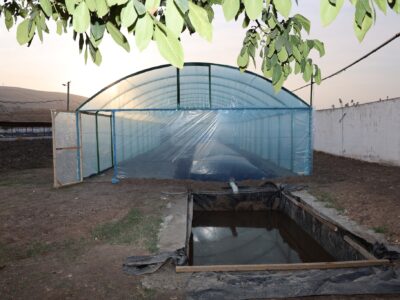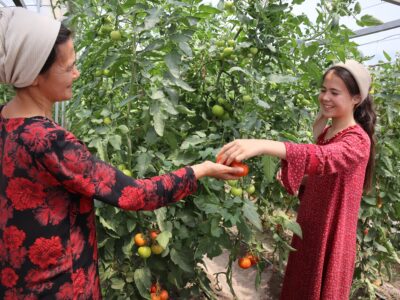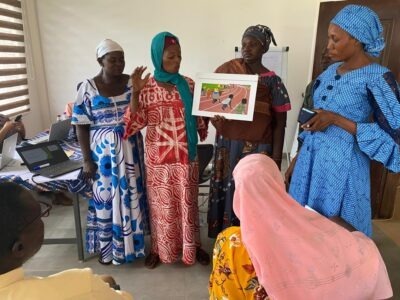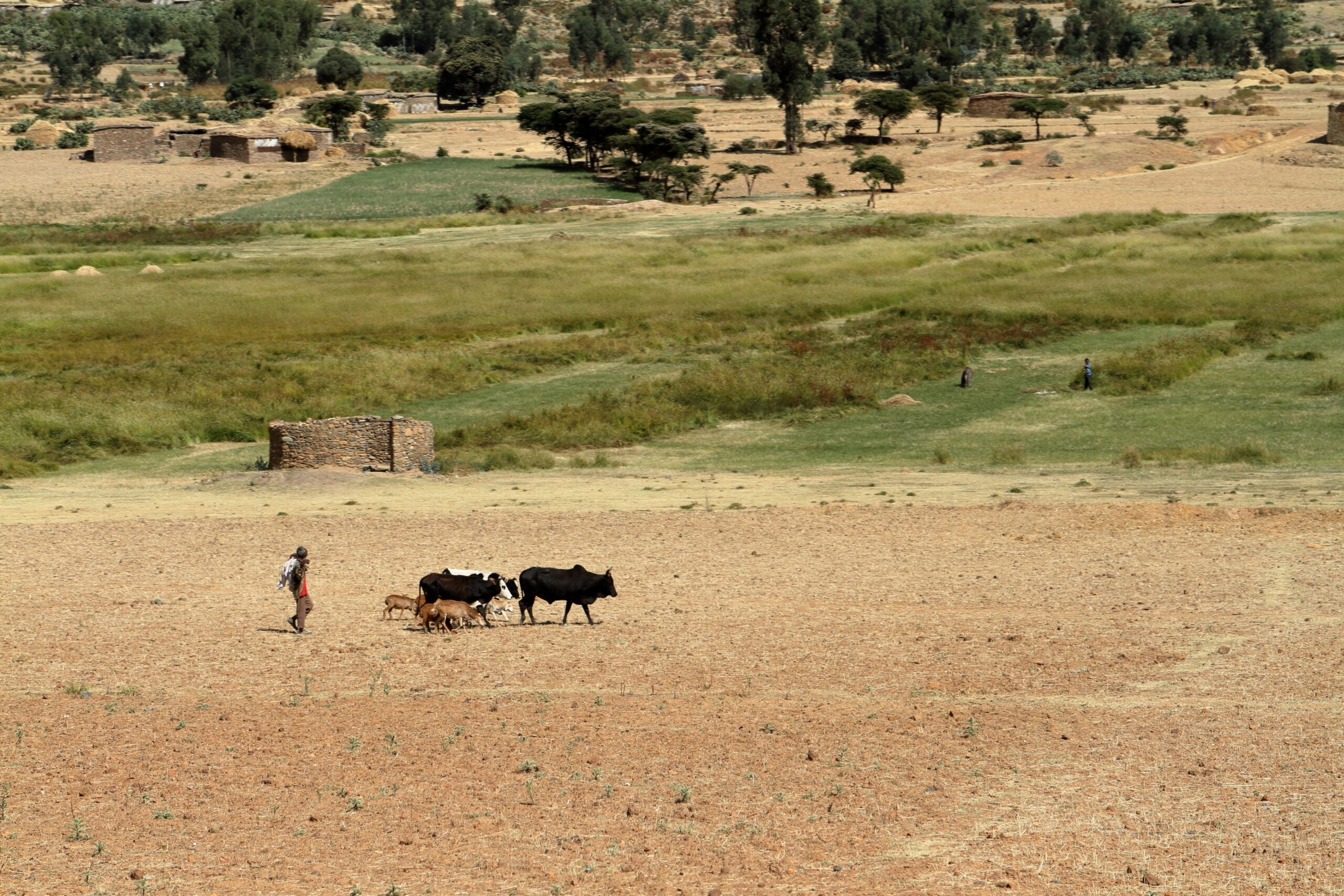
In the Tigray Region of northern Ethiopia, households that live near communal grazing areas allow their animals to graze freely throughout the year. This grazing happens for an average of 10 months out of the year, resulting in severe erosion and forage cover loss. In addition, most of the forage plant species that farmers replant to recover the losses are invasive weeds.
Over time, forage productivity dramatically declined, grazing was next to nothing, and land degradation was so severe that a gully formed due to erosion. Because local livelihoods were directly tied to forage production and their livestock’s ability to graze, this had a negative impact on households. The Feed Enhancement for Ethiopian Development (FEED) II project, funded by the United States Department of Agriculture and implemented by ACDI/VOCA, began working with the community and partners to rehabilitate the land and bring back the supply of high-quality forage.
Between 2016 and 2017, the community produced 7,492 quintals of green forage biomass with an estimated monetary value of 1,498,400 Ethiopian birr ($52,234.26 USD).
FEED II collaborated with the Kebele Office of Agriculture and Rural Development to spread awareness and educate the communities near the grazing area about the negative effects of free grazing as well as the benefits of land rehabilitation. Once a majority of farmers recognized the problem, they selected a committee of 10 members to oversee the development of the grazing land.
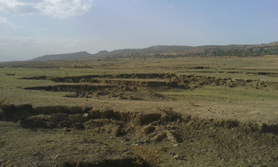
With financial assistance from FEED II, the community constructed a series of storage dams and started rehabilitating a major gully running through the pasture. They planted vegetative planting material and seedlings to stabilize water runoff and soil erosion. And then they sowed the forage in the rehabilitated gully and other severely degraded areas, while protecting the rest of the grazing land and allowing it to regenerate on its own.
Within one rainy season, grass cover returned, and green forage yields nearly doubled from 281.6 metric tons in 2016 to 467.6 metric tons in 2017.
Now, the community harvests forage each year and shares the cuttings and profits. In 2018, the community harvested 5,284 quintals of green forage biomass — a 13 percent increase from 2017 — and sold the cuttings for 1,056,800 birr (US$37,468).
Farmers’ incomes increased by 20 percent due to the additional feed source provided by the rehabilitated land.
Improved forage production has led to healthier livestock and higher incomes for farmers. Because the animals now have more body mass and longer lactation periods, they can be sold at higher prices and produce higher milk yields, resulting in farmers earning more.
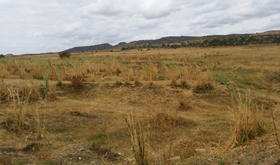
The rehabilitated land has also brought the community together and ensured that the land is managed properly and protected in the future. At the beginning of the project, the community created bylaws, which the woreda and kebele administrations reinforce. After witnessing the success of the initiative, the woreda replicated the same activity at other sites. This growing increase in forage production in Tigray demonstrates not only how the land can bounce back, but also how resilient communities can be when they band together.

